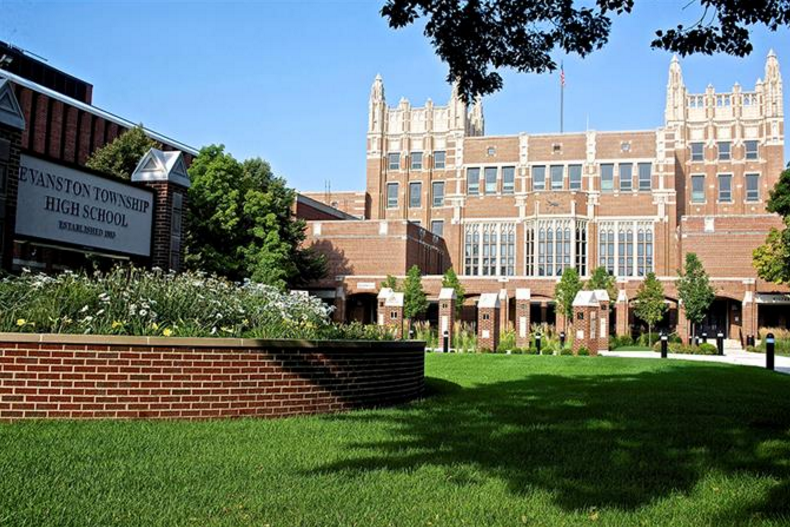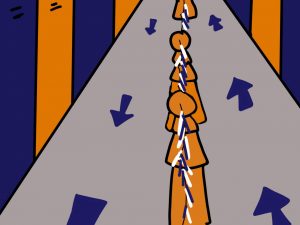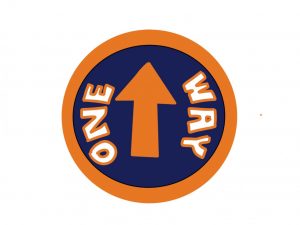White students make up two-thirds of hybrid opt-ins
March 22, 2021
On March 1, ETHS announced that it will transition to a hybrid learning model on April 15—almost 13 months to the day after the school shut down.
The announcement, made in an email sent to students and families, states that “hybrid learning is a bridge between all-remote instruction and full in-person instruction” and that the “default instructional model for hybrid learning at ETHS is remote in-person instruction. This means remote teaching with some students in the classroom.” This is similar to models employed by other schools both on the North Shore and around the country and is largely consistent with the plans announced in the summer and throughout the first semester.
Given the ongoing nature of the pandemic, hybrid learning was optional with every family having the choice to opt-in to hybrid learning by filling out a survey that was available between March 2 and March 5. Students who choose hybrid will be free to return to E-Learning at any point.
Perhaps the most notable change to the ETHS community caused by the transition to hybrid is the demographics of those returning to the building. Of the 1720 students who choose to go hybrid, 1143 (67 percent) are white, a sharp contrast to the total of 1700 (46 percent) white students out of the total school population of 3729; this means that 67 percent of white students opted to return. Compare that to the 193 (11 percent) Black students who are returning, 21 percent of the total Black population which comprises 25 percent (936) of the school population. The same story is true of Latino students who make up 20 percent (727) of the school, yet only 12 percent (211) of the hybrid population.
Asian students reverse that trend, as 99 of 208 (52.7 percent) of Asian students opted-in to hybrid while 47.3 percent did not. Similarly, 51.2 percent of those students who identify as two or more races chose hybrid (61-of-119).
Those who opted-in “will attend one in-person session for a given course every other week” according to the existing E-Learning block schedule. This means that any student who wants to will spend eight half-days in the building per month in addition to any in-person experiences that they choose to attend. Students will be divided into four groups—A, B, C, D—arranged alphabetically. These groups will rotate which days they attend classes, with groups A, B coming on one week and C, D the following week. Group A/C will attend in the mornings on Tuesdays and Wednesdays going to periods 1, 2 and 0, 6, 7 respectively and in the afternoons on Thursdays and Fridays going to periods 3, 4, 5 and 8, 9 respectively. Groups B/D will follow the opposite schedule—attending afternoons Tuesdays and Wednesdays and mornings Thursdays and Fridays. Groups were announced on March 18.
Throughout the hybrid transition, ETHS has affirmed its commitment to its guiding principles to “maintain a healthy and safe environment for all students and staff,” “provide meaningful and engaging academic experiences for all students” and “address the social and emotional needs of all students and staff.” As such, safety measures including social distancing and mask-wearing will be enforced.
In addition to the following stories, the Evanstonian will continue to cover hybrid learning as it unfolds.
Editor’s Note, Mar. 22, 11:13 a.m.: This article has been updated to include all of the pertinent racial demographic categories ETHS provided with regards to hybrid opt-ins. The overall demographic numbers are pulled from Illinois Report Card.













